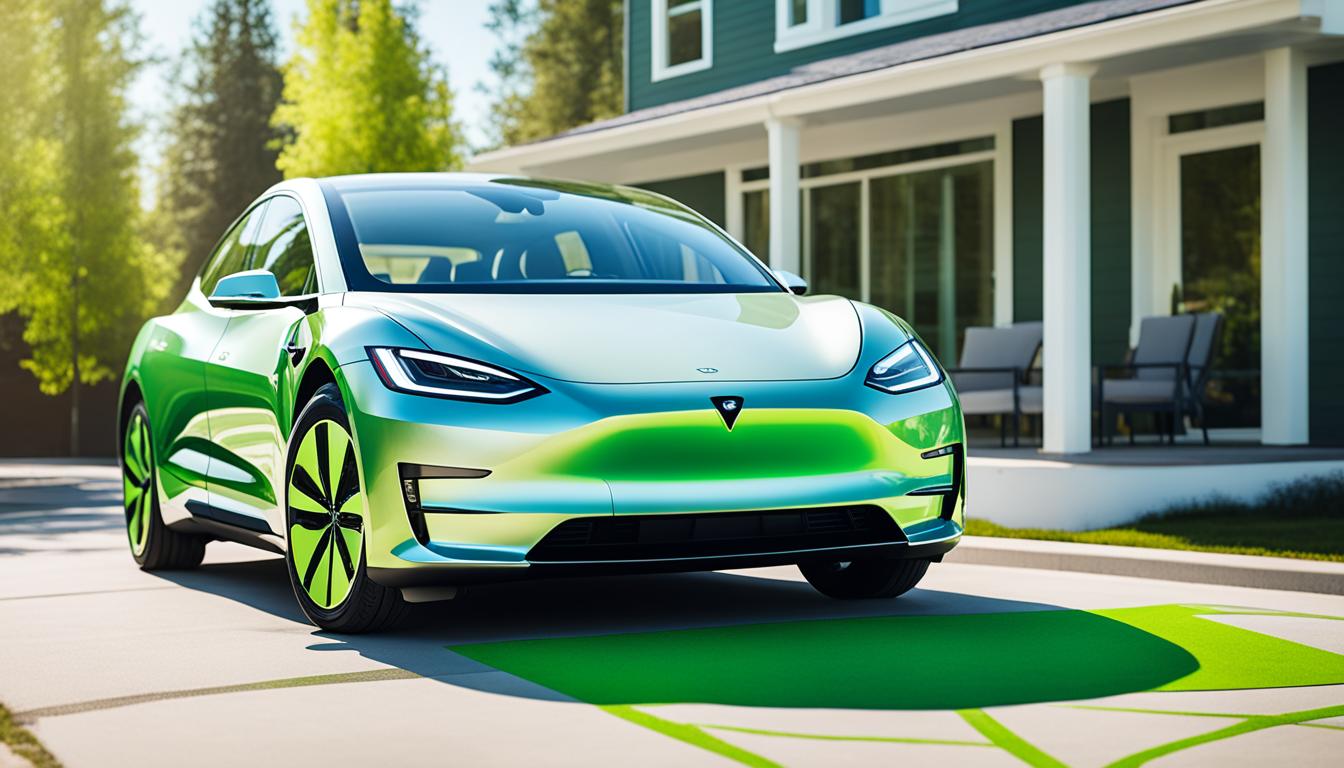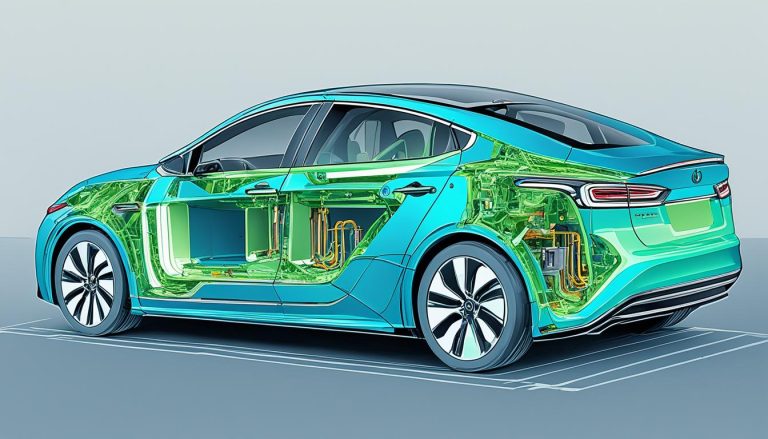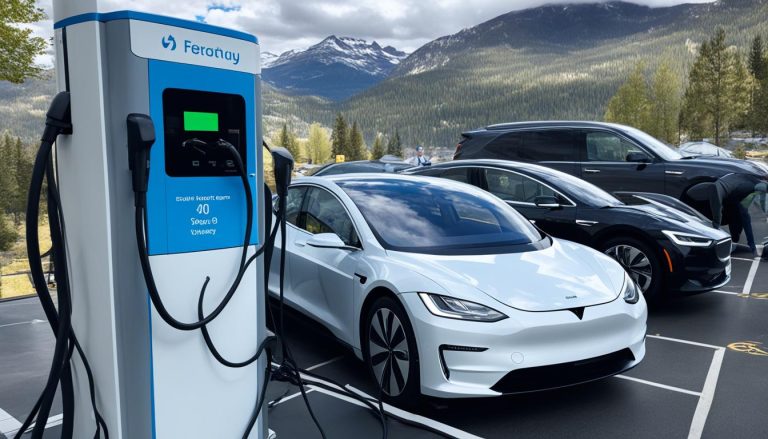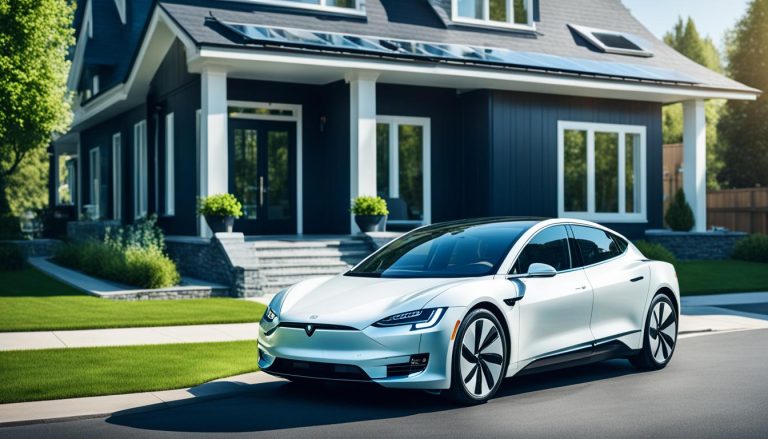How Does The Tax Credit For Electric Vehicles Work
Welcome to our comprehensive guide on the tax credit for electric vehicles. If you’re considering purchasing an electric vehicle or already own one, understanding how the tax credit works can help you maximize your savings and make an informed decision. In this article, we’ll walk you through the eligibility criteria, the calculation process, and how to claim the tax credit. We’ll also explore strategies for maximizing your savings and discuss the future of electric vehicle tax credits. Let’s dive in!
Before we delve into the details, let’s clarify what the tax credit for electric vehicles entails. It’s an incentive provided by the government to encourage the adoption of electric vehicles and reduce carbon emissions. Electric vehicles are gaining popularity due to their eco-friendly nature and potential for long-term cost savings.
The tax credit is designed to offset a portion of the purchase price of an electric vehicle. It can significantly reduce your tax liability and potentially save you thousands of dollars. However, it’s important to note that the tax credit is subject to certain eligibility requirements and limitations.
In the following sections, we’ll explore the qualification criteria, the calculation process, and strategies for maximizing your savings with the electric vehicle tax credit. We’ll also discuss any potential changes or updates to the tax credit program. Whether you’re in the market for an electric vehicle or already own one, this guide will help you navigate the complexities of the tax credit system and make the most of this valuable incentive.
Qualifying for the Electric Vehicle Tax Credit
To take advantage of the tax credit for electric vehicles, there are certain qualifying criteria that you need to meet. Understanding these requirements will help you determine if you are eligible for this valuable incentive.
Maximum Vehicle Price
One of the key factors in qualifying for the tax credit is the maximum price of the electric vehicle. Eligible vehicles must have a base price of $7,500 or less. This means that if the price of the vehicle exceeds this limit, you will not be able to claim the tax credit.
It’s important to note that the base price refers to the manufacturer’s suggested retail price (MSRP) before any additional options or upgrades. Make sure to check the MSRP of the electric vehicle you are considering to ensure it falls within the qualifying price range.
Types of Electric Vehicles
Not all electric vehicles are eligible for the tax credit. The qualifying vehicles include plug-in electric vehicles (PEVs) and fuel cell vehicles (FCVs). PEVs are vehicles powered primarily by electricity that can be recharged from an external source, while FCVs are vehicles that use hydrogen as fuel to generate electricity.
Hybrid electric vehicles (HEVs) and neighborhood electric vehicles (NEVs) are not eligible for the tax credit. HEVs are vehicles that use a combination of an internal combustion engine and an electric motor, and NEVs are small electric vehicles that are limited to low-speed, low-range travel.
Income Limitations
There are no income limitations to qualify for the electric vehicle tax credit. Unlike some other tax credits, such as the Earned Income Tax Credit, there is no income threshold that determines eligibility. As long as you meet the other requirements, you can claim the credit regardless of your income level.
Potential Changes or Updates
It’s important to stay informed about any potential changes or updates to the qualification criteria for the electric vehicle tax credit. The eligibility requirements are subject to change, and new legislation or government policies may impact the availability of the credit. Make sure to regularly check for updates from the Internal Revenue Service (IRS) or consult with a tax professional to ensure you are aware of any changes that may affect your eligibility.
To summarize, qualifying for the electric vehicle tax credit requires meeting the maximum vehicle price limitation, owning a qualifying type of electric vehicle, and being aware of any potential changes or updates to the qualification criteria. By understanding these requirements, you can determine if you are eligible for the tax credit and take advantage of the savings it offers.
Calculating and Claiming the Tax Credit
Once you’ve determined that your electric vehicle qualifies for the tax credit, it’s important to understand how to calculate and claim the credit properly. The amount of the tax credit is based on various factors, including the battery capacity of your electric vehicle and the manufacturer’s unique phase-out schedule.
To calculate the tax credit, you need to know the size of your vehicle’s battery capacity in kilowatt-hours (kWh). The larger the battery capacity, the higher the potential tax credit. It’s important to note that the tax credit is not a flat amount but decreases as the number of electric vehicles sold by a manufacturer increases. This means that the earlier you purchase your electric vehicle, the higher the tax credit you may receive.
To make the calculation process easier, the IRS provides a table that outlines the phase-out schedule for each manufacturer. This table shows the maximum credit available based on the number of electric vehicles sold by the manufacturer. It’s important to review this table before finalizing your purchase to determine the estimated credit amount.
Once you have calculated the estimated tax credit, claiming it is a straightforward process. You will need to complete Form 8936, which is the Qualified Plug-In Electric Drive Motor Vehicle Credit form, and attach it to your tax return. In addition to the form, you must also retain the Manufacturer’s Certificate, which certifies the amount of the tax credit available for the specific make and model of your electric vehicle.
Remember to keep all documentation, including sales receipts and proof of purchase, as the IRS may request these documents for verification purposes. By accurately calculating and properly claiming the tax credit, you can significantly reduce the cost of owning an electric vehicle.

Maximizing Your Savings with the Electric Vehicle Tax Credit
When it comes to purchasing an electric vehicle, one of the biggest incentives available is the electric vehicle tax credit. This credit not only helps to reduce the initial cost of the vehicle but also provides an opportunity for maximizing savings. In this section, we will explore various tips and strategies to make the most of this tax credit and amplify your savings.
1. Explore Additional Incentives
Aside from the federal tax credit, many states and local governments offer their own incentives and discounts for electric vehicle owners. These incentives can further reduce the overall cost of the vehicle, enhancing your savings. Take the time to research and understand the incentives available in your area, as they can vary significantly from one location to another.
2. Utility Company Benefits
Some utility companies provide additional benefits to electric vehicle owners. These benefits may include special rates for charging your vehicle or even incentives for installing home charging stations. By taking advantage of these utility company benefits, you can save on the cost of charging your vehicle, further maximizing your savings in the long run.
3. Consider Alternative Financing Options
While purchasing an electric vehicle outright may provide the biggest tax credit, it may not always be feasible financially. However, alternative financing options are available that can still help you capitalize on the tax credit and save money. Leasing an electric vehicle, for example, can allow you to benefit from the full value of the tax credit while enjoying lower monthly payments.
4. Fuel and Maintenance Savings
Switching to an electric vehicle not only provides environmental benefits but also financial advantages. Electric vehicles have lower fuel costs compared to traditional gasoline-powered cars, helping you save on your monthly expenses. Additionally, electric vehicles generally require less maintenance as they have fewer moving parts, resulting in reduced maintenance costs over time.
By factoring in these fuel and maintenance savings, you can further amplify your overall savings potential with the electric vehicle tax credit.
The Future of Electric Vehicle Tax Credits
The future of electric vehicle tax credits holds promising possibilities for both consumers and the environment. As governments worldwide are increasingly prioritizing sustainable transportation, there is a growing focus on incentivizing the adoption of electric vehicles.
Proposed updates to existing tax credit programs aim to make electric vehicles more accessible and attractive to a broader range of consumers. These potential changes could include increasing the tax credit amount or extending eligibility to a wider range of vehicles. By encouraging more individuals to make the switch to electric, these incentives can play a vital role in reducing greenhouse gas emissions and improving air quality.
Moreover, the environmental and economic benefits of expanding tax credits for electric vehicles are encouraging governments to explore new incentives and policies. Incentives like tax credits not only contribute to a greener future but also support the growth of the electric vehicle industry, creating jobs and stimulating economic development.
As the demand for electric vehicles continues to rise, it is likely that governments will further explore the potential of tax credits to accelerate their widespread adoption. By embracing the future of electric vehicle tax credits, we can collectively drive the transition to a cleaner and more sustainable transportation system.







